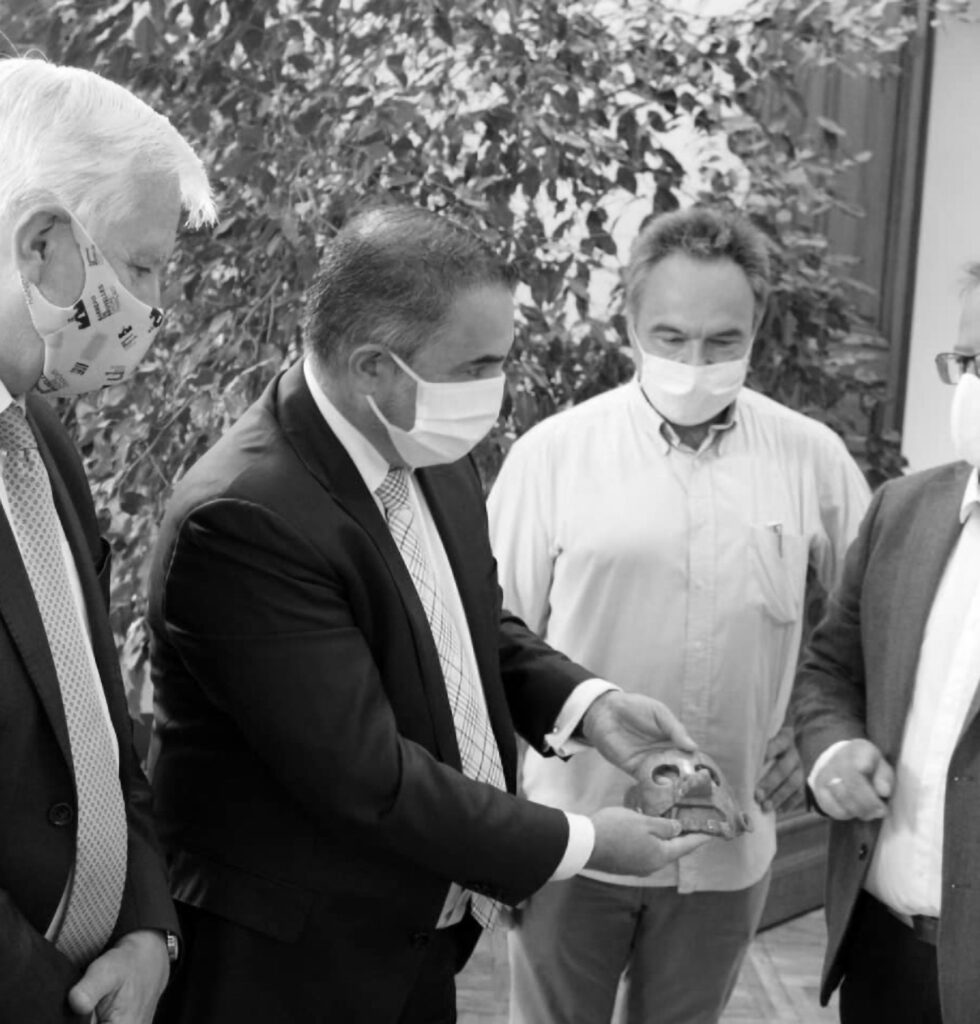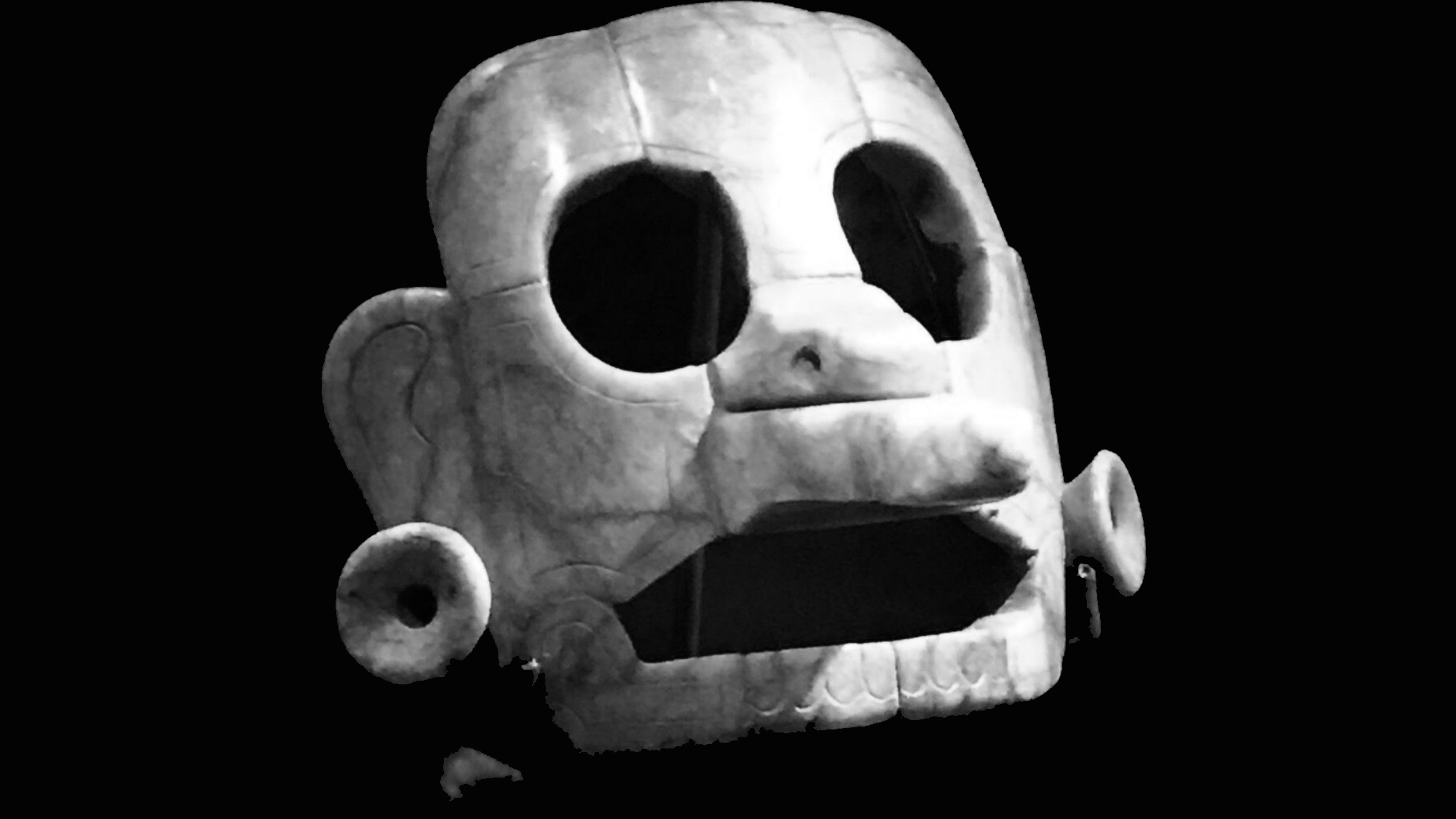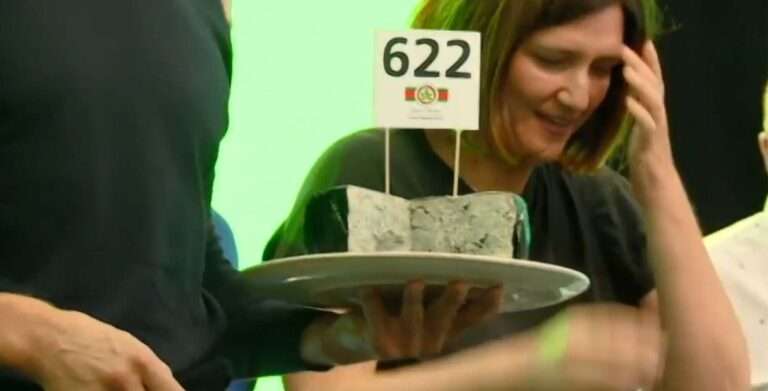An ancient green mask made of jade and symbolising a Mayan deity is being sent by Belgium back to the state of Guatemala after it was looted by treasure hunters more than 12 years ago.
In a 1994 film titled “The Mask”, Jim Carrey gains mythical powers after wearing a green mask created in the image of Loki, the Norse god of the night and mischief.
But this artefact, which dates back to between 600 and 900 AD, belongs to the prehispanic era and symbolises the Mayan deity Chaac, a god of storms and lightning
The jade piece was illegally taken out of Guatemala by tomb raiders before being seized in the Belgian capital Brussels on 24th October 2008.

The artefact was confirmed as authentic by Serge Purini, expert at the Royal Museums of Art and History in Belgium.
After 12 years of litigation, a Belgian court has decided to return the ancient mask back to the state of Guatemala.
The mask, which came from the region of Petexbatun in Guatemala, represents Chaac, also known as Chac, a Mayan rain deity who used a lightning axe to strike the clouds and produce thunder and rain.
Chaac corresponds to Tlaloc among the Aztecs, and is usually depicted with a human body and reptilian or amphibian scales, and with a non-human head showing fangs and a long nose.
The Guatemalan Ministry of Foreign Affairs of, via the country’s embassy in Belgium, thanked the Belgian authorities and the Royal Museums of Art and History for their part in returning the historical artefact.
Serge Lemaitre handed the jade mask over to the Guatemalan Ambassador in Belgium, Jose Alberto Briz Gutierrez.

Ava Atzum Arevalo de Moscoso, Guatemalan vice minister of Foreign Affairs, said in the press statement: “It is important that we protect our cultural heritage. We should not allow our artefacts to be looted by others, caring for our heritage is everybody’s responsibility.”
The Mayans, who had their most productive period between 250 and 900 AD before their decline between 900 and 1200 AD, were prevalent in regions of modern-day Mexico, Guatemala, El Salvador, Honduras and Belize.
To find out more about the author, editor or agency that supplied this story – please click below.
Story By: Ana Lacasa, Sub-Editor: Marija Stojkoska, Agency: Newsflash
The Ananova page is created by and dedicated to professional, independent freelance journalists. It is a place for us to showcase our work. When our news is sold to our media partners, we will include the link here.




